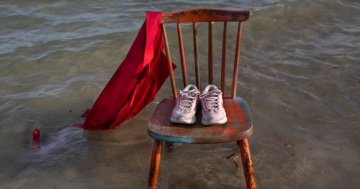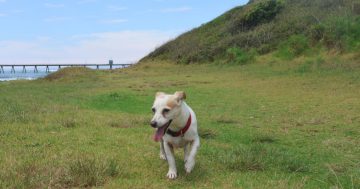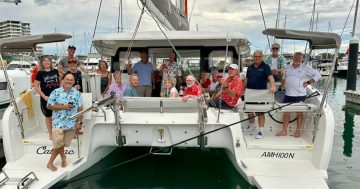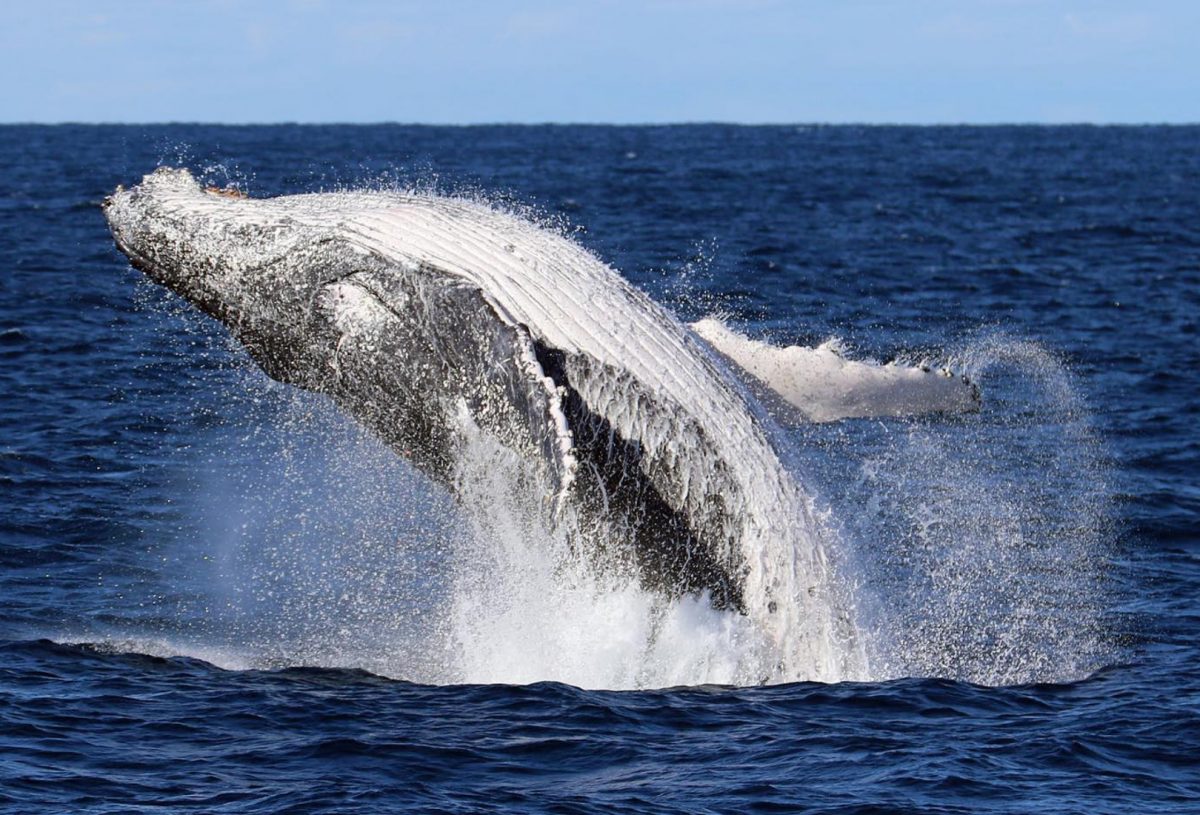
Whale season started this month, with a higher number of humpback whales visible than usual at this time of year. Photo: Supplied.
Demand for whale tours at Shellharbour and Jervis Bay has been high for the start of the season due to a larger than expected number of humpback whales making their journey up the coast.
Shellharbour Wild began its second season operating whale migration tours from Shell Cove this month, with Jervis Bay Wild/Shellharbour Wild tourism manager Greta Lewis describing it as an early “bumper season”.
Greta said within the first two weeks of the season opening, they had already seen 47 whales in Jervis Bay and were into double figures in Shellharbour.
“The season has started off with higher numbers than we would have ever expected a week and a half in,” she said.
“And the whales are looking really healthy – nice and fat.
“So because we are seeing them, (booking) numbers are growing really quickly too.”
The company has five vessels in Jervis Bay and one vessel in Shellharbour, with Shellharbour already operating two tours a day on weekends.
Greta said the whale season spanned mid-May to mid-November, starting with whales migrating north to warmer waters.
“There are either some teenage whales heading up there ready to find a special partner or some heavily pregnant mums ready to go up and give birth,” she said.
“That happens generally around June or July, which is the absolute busiest time.
“But we are having a bumper beginning season this year, which is better than we have had for a little while now.”
Once the humpback mothers have birthed their newborns in the warmer waters, they head back south from September to November where tourists can witness the whale mothers teaching and nursing their newborn calves.
“That’s when we’ll have them slow down on that journey because they may have a newborn with them,” Greta said.
“Down in Jervis Bay, they actually come into the bay and have a rest there, so we get better sightings.
“Shellharbour has better sightings early on because they’re straight out to sea and right in amongst the humpback highway.”
Humpback whales were previously hunted to the brink of extinction, with the population falling to about 5000 in the 1960. However, numbers in Australian waters have now grown to 40,000.
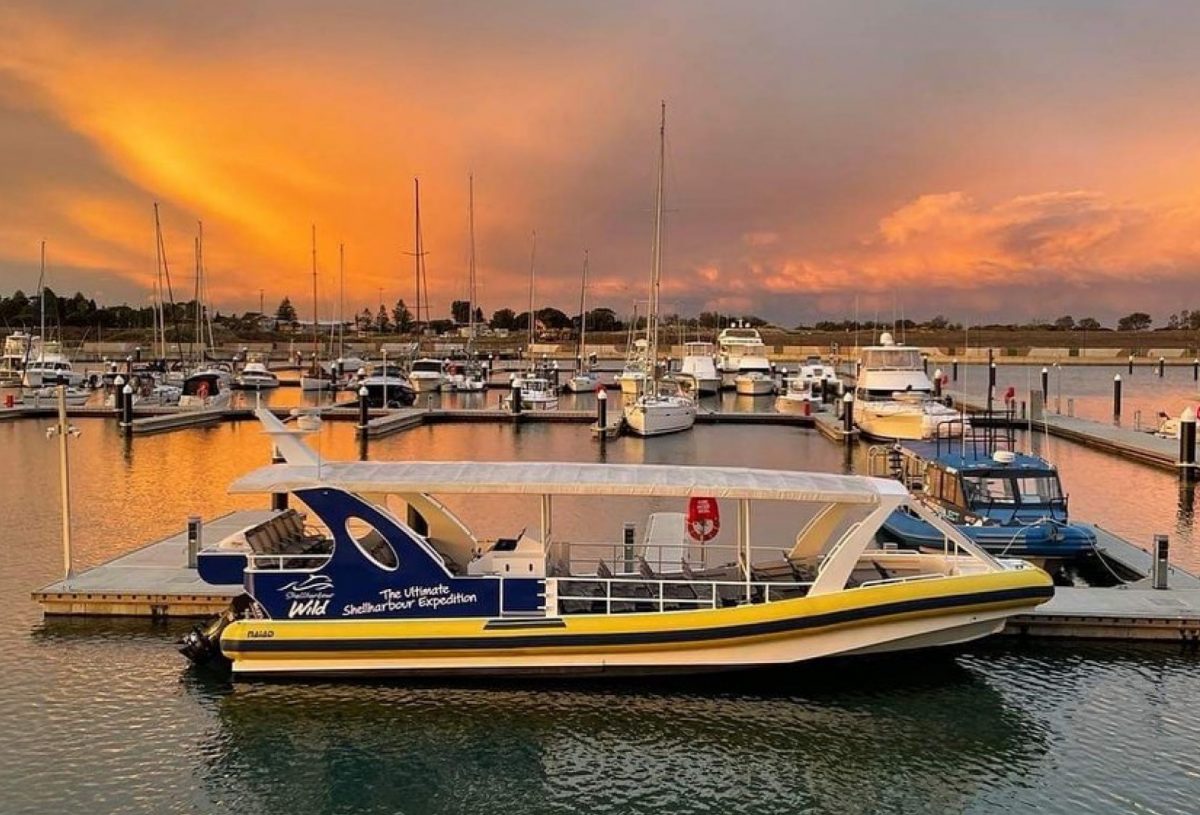
Shellharbour Wild has begun its second season of whale tours from its Shell Cove location. Photo: Supplied.
Greta said there was no exact route for the tours, due to relying on local spotters feeding through whale locations to allow skippers to skillfully head out towards the whales.
“Our main aim is to find the whales and then spend some time in their company,” she said.
“They’re very curious and they’ll often approach the boats.
“We can’t approach them, as we’ve obviously got laws, but they do get very curious and will often come close to the boats.
“Last week I was out on the boat in Shellharbour and we came across three whales. It was quite lovely.
“If you get to see their eyes, it’s like they’re looking into your soul. They’re a beautiful, majestic giant beast to see.
“It is a magical experience. No matter how many times you see those humpbacks in real life, just getting an idea of the magnitude of their size, the noise they make, the smell they have and, even if you’re close enough, the taste that you can get from them when they blow quite close to you, it is something for all the senses.
“No matter how many times you see it, it’s still so exciting.”
She said skippers had strong local knowledge, with most having worked in, or still having connections to, the fishing or tourism industries.
Tours can be booked here. They run from mid-May to mid-November, Monday to Sunday, including public holidays.








